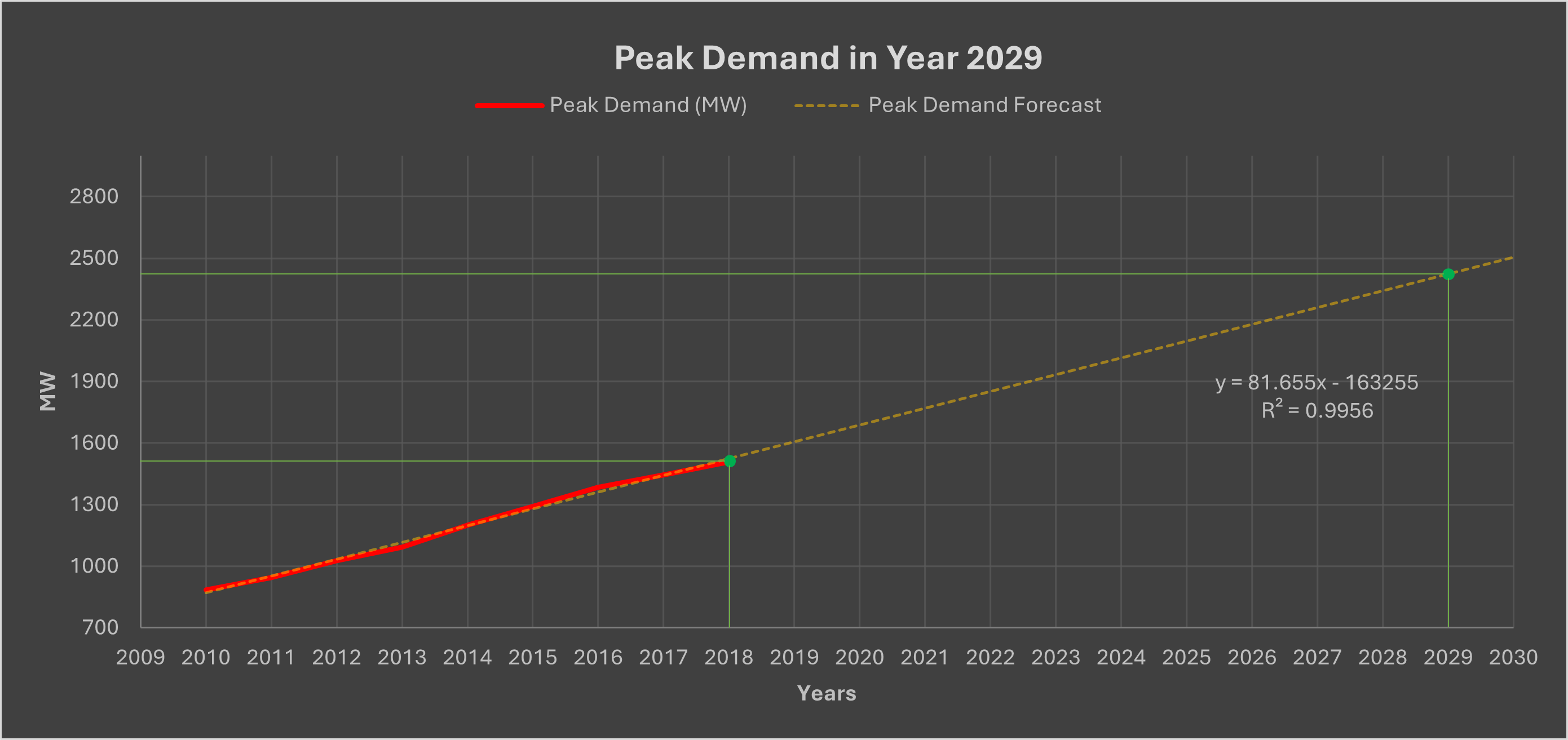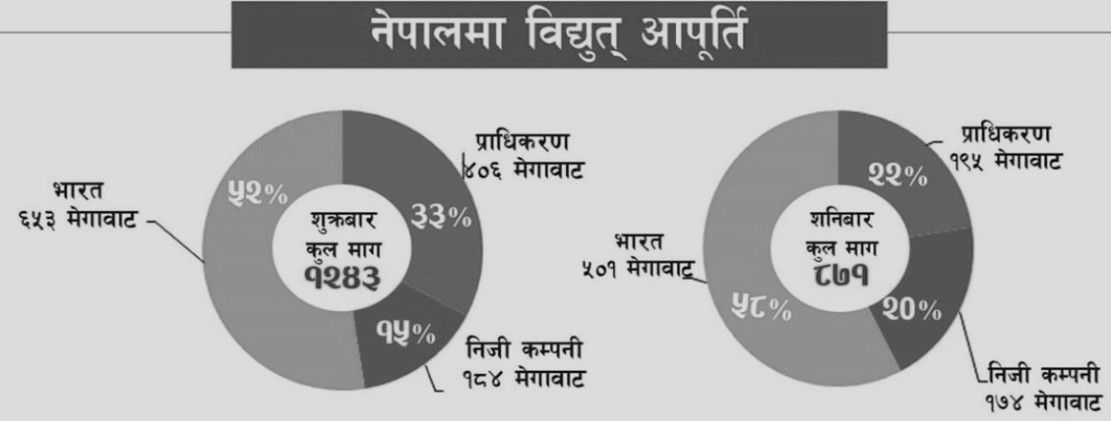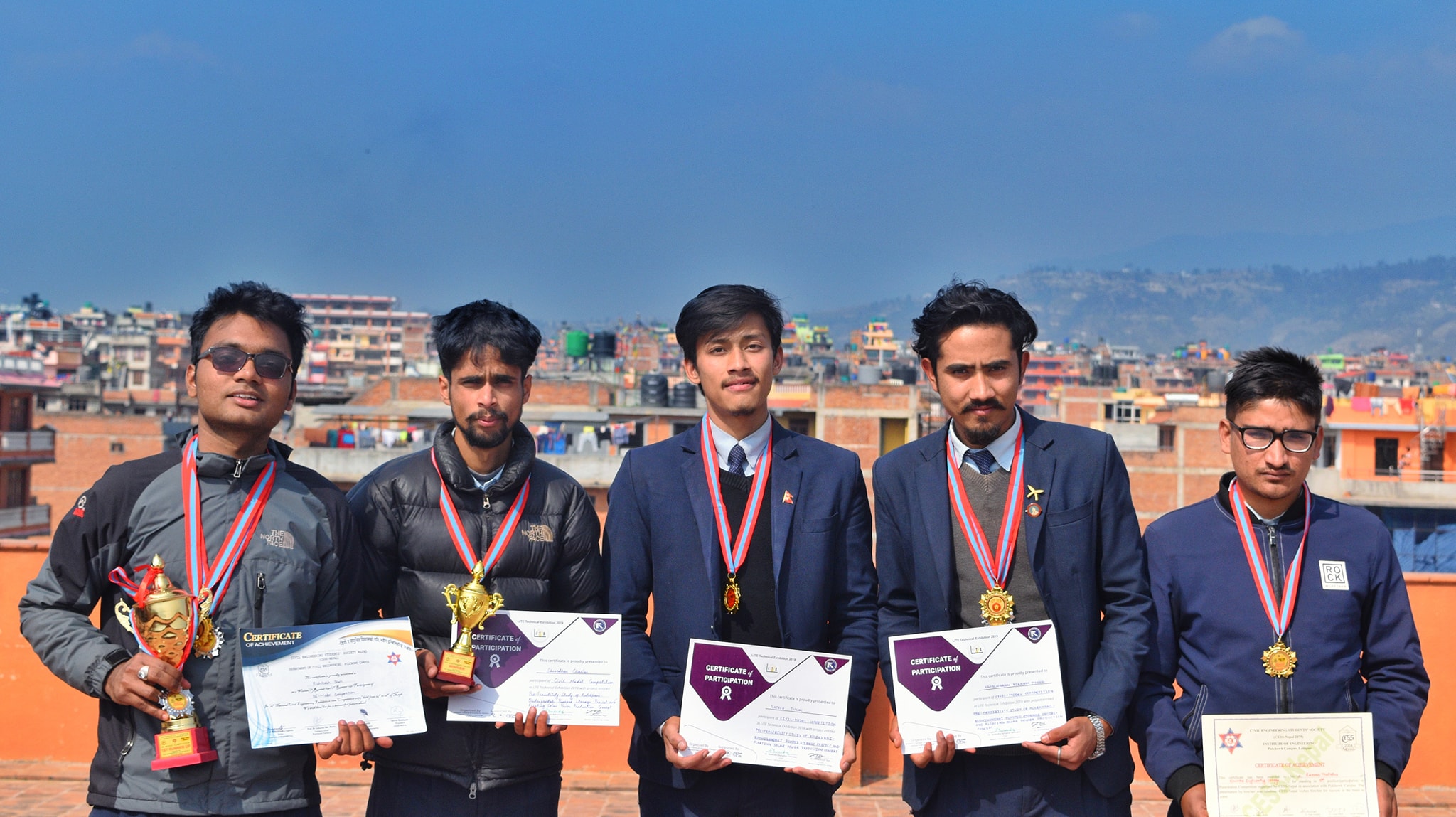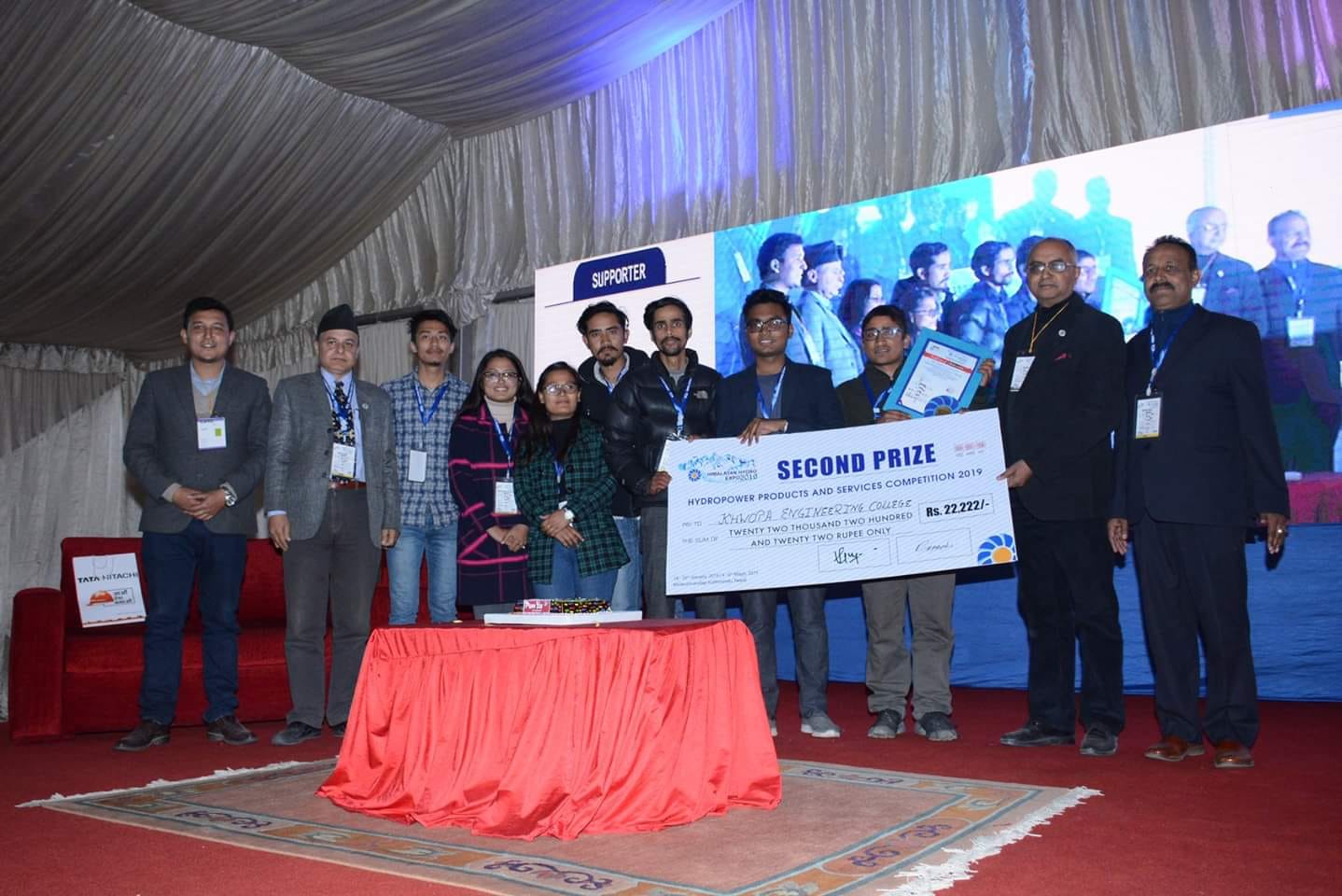Blogs
Pumped Storage Hydropower - A Powerbank to Nepalese National Electricity Grid
A Project Idea That Won Everything in 2019
The idea for the Kulekhani-Trishuli Pump Storage Hydropower Project was born out of a desire to address the growing energy challenges in Nepal. During my final year of undergraduate engineering, my four friends and I were determined to contribute to solving the country’s energy crisis, which had become more evident with frequent power outages, a heavy reliance on imported electricity, and industries struggling to operate at full capacity.
One day, as we brainstormed solutions in a classroom, the concept of a pumped storage hydropower project came to us. It seemed like the perfect answer, a system that could store excess energy when demand was low and release it during peak times, much like a power bank. We were excited, but when we presented the concept to our Hydropower Engineering professor, his response was skeptical. "It’s not feasible," he said. However, we believed in our vision and were determined to prove that such a project could work.
Understanding Nepal’s Energy Crisis
Nepal has long struggled with energy shortages, particularly during the dry season when hydropower generation drops significantly. The country has been forced to rely on electricity imports to meet its needs, with more than 50% of the electricity coming from neighboring India. The fluctuating supply and high dependence on imports create instability in the system, and industries are often left operating below capacity due to unreliable power.
Through our research, we identified a critical need for a solution that could stabilize electricity supply, particularly during peak demand hours and dry periods. We envisioned a project that would not only reduce Nepal’s dependence on imported electricity but also address the country’s inconsistent energy generation.
Why This Project Mattered?
• Demand Forecasting for a Sustainable Future
As part of our research, we analyzed peak demand data from the past decade and developed a demand forecasting model. We found that Nepal’s peak electricity demand for 2018 could be predicted with a high degree of accuracy, and using this model, we forecasted that the peak demand for 2029 could range between 2400MW and 2500MW.
This data was crucial in highlighting the future energy needs of Nepal. To avoid an energy crisis in the years to come, the country must develop sufficient, stable energy sources to meet this growing demand. Our research suggested that projects like the Kulekhani-Trishuli Pump Storage Hydropower could play a major role in bridging this gap.

• Bridging Nepal’s Energy Gap
The inconsistency in Nepal’s energy generation is a major problem. While the wet season provides surplus power from hydropower plants, the dry season sees a significant drop in production, making Nepal highly reliant on imports. Our proposed pumped storage system offers a solution by storing excess energy during the wet season and releasing it during the dry season, ensuring a more stable and continuous power supply year-round.

Sources of Electricity at Nepal Electricity Authority in 2019 sourced form Bidhyut Journal
• Economic Benefits for Nepal
By reducing the need for imported electricity, the Kulekhani-Trishuli Pump Storage Hydropower Project could help Nepal save foreign currency and strengthen its energy independence. Additionally, such a project would create jobs, stimulate local industries, and foster economic growth, making it a promising avenue for national development.
Innovation : The Heart of the Project
At the core of our research is the innovative pump storage system. During off-peak hours, excess electricity can be used to pump water to an upper reservoir. When demand spikes, the water is released to generate electricity, providing a reliable and efficient power supply that can balance fluctuations in demand.
Our research into this technology suggests that it could be a game-changer for Nepal’s energy system, enabling the country to better manage its resources and meet future energy needs without compromising on environmental or economic goals.
Recognition and Achievements
One of the most rewarding aspects of this research has been the recognition it has garnered. Our idea for the Kulekhani-Trishuli Pump Storage Hydropower Project won four major competitions, including HydroExpo 2019, Energy Hackathon 3.0, LITE Technical Exhibition, and CESS Model Competitions. These victories were a testament to the potential impact and viability of our proposal, and they motivated us to continue pushing forward with our research.

Team after getting recognition from the College

Team Awarded wih Innovative Idea Award at HydroExpo 2019

Team Awarded with Best Project at National Civil Engineering Exhibition